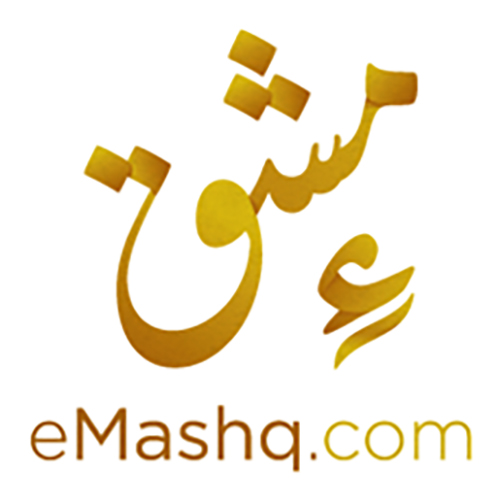
Alejaza, an authentic Calligraphic style with much elegance.
It’s a type of Arabic calligraphy, invented by the Abbasid calligrapher “Youssef Al-Chujari” in Baghdad during the reign of the Abbasid Caliph “Al-Ma’mun”. He invented a pen more precise than the Jalil script’s pen, and by using it he created AlEjaza script, inspiring it of the Thuluth and Naskh scripts.
Therefore, you will notice its similarity to both styles in terms of diversity of the letter’s forms in the same location or syllable, and the small size of its letters as is the case for the Nash style, then the possibility of adapting it to the linear composition.
Not only that, but its letters which are written above the line, take (mostly) the base, the scales, and proportions of the Naskh script.
At the beginning of its invention, he called it “Almudawar Alkabir” (that means; the largest rounded) calligraphy, after it won the admiration of calligraphers and sultans, several other names appeared for it, so they mastered it and widespread it.

What nominations were given to AlEjaza and why?
Many names have been attributed to this calligraphic script, and some differ in the interpretation of its references:
- Arryasi script: Referring to the minister of the Abbasid Caliph “Al-Fadl bin Sahel”, known as Dhul-Riyasatayn, as he was one of the first to admire the Ejaza script and tended to spread it in all the royal books issued by the administration of the Caliphate.
- Khat Tawki’a (signature script): It was said to be so named because the caliphs adopted it in their signatures, others said that the teachers of calligraphy were the ones who adopted it in signing their certificates for the superior learners.
- Al-Ejaza script: Even this name was different in its reference, some attribute it to the EJAZA, (i.e. the certificate granted to those who excel in calligraphy when they attain the peak of the master’s degree in calligraphy), especially with the enthusiasm of calligraphers of all social levels on the license, because it allows the calligrapher to attach his signature on his calligraphic works.
However, some returned the name “Ejaza” at the permission of the calligrapher to combine both scripts: Thuluth and Naskh, because the word EJAZA in Arabic has another meaning which is “permission”Rihani script: That’s because at the beginning and the end of its letters there are a few inflections, as if they were Rayhane leaves (basil) in their kindness.
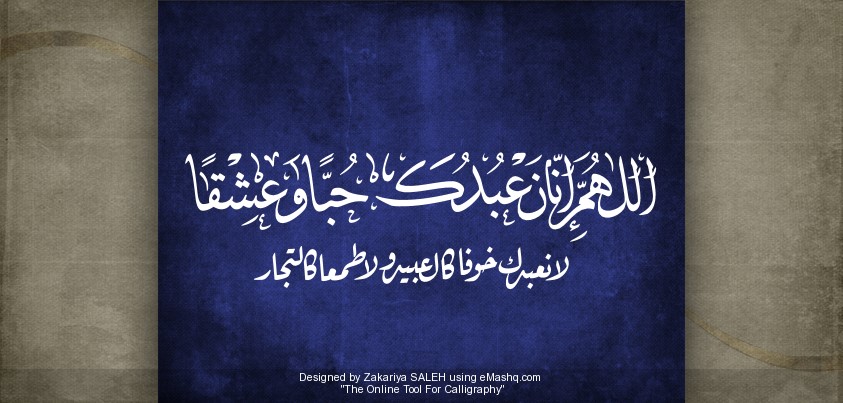
The most famous calligraphers in the Ejaza script
The beauty and elegance of this calligraphy was an incentive for many calligraphers to learn and master it, and it spread widely during the era of the Ottoman Empire and beyond, when the Ottoman calligrapher “Mir Ali Tabrizi” developed it.
Among the most important of its teachers of modern and antique calligraphers:
- Hashem Al-Baghdadi (Baghdad 1929 – Baghdad 1973).
- Muhammad Shawqi Efendi (Kastamonu 1829 – Istanbul 1887).
- Sheikh Abdul Aziz Al-Rifai (Trabzon 1871 – Istanbul 1936).
- Hamed Aytej Al-Amidi (Amida 1893 – Istanbul 1982).
- Muhammad Ali Al-Makawi (Cairo 1900 – Cairo 1972).
- Abbas Shaker Jodi (Baghdad 1951) Known as Al-Baghdadi and the Sultan of Arabic Calligraphy.
- And of course, all those who mastered its origins, dominated it, (i.e. the Thuluth and Naskh scripts).
What are the particular characteristics of Alejaza script?
It is one of the secondary calligraphy styles such as the Jali Diwani script, the Hurr script and the Muzakhraf Kufic script.
It is characterized by its straight letters crowned with curved heads on the summit (it consists of drawing a small fragment such as an arrow or a triangle with elongation at the edge of some letters on the right side, this arrow is drawn with an accurate pen after finishing writing the letter.). The straight letters which are drawn with a curved head into this style are: Alif, Dal, Taa, Kaf and Laam, and sometimes other letters.
One of its most beautiful characteristics is that its writing requires the embracing overlap between the end of a word and the beginning of the next, and that it depends on a large number of diacritics.
Alejazah script is used to write the closure of the Qur’an and write blank inscriptions at the end of books, signature phrases and others.
It is also used in writing the titles of the Noble Qur’an verses, book titles, academic degrees and greetings, besides in paintings and in writing in mosques and domes.
How do you write the Ejaza script?
Even if you’re not a calligrapher and you never studied Alejaza script, but you would like to write with or draw calligraphy for a personal or practical purpose, You should use the eMashq program!
eMashq offers you the ability to write and design in 8 types of Arabic calligraphy, including Alejaza, using various simple and easy-to-use tools. All this in a ready-made template that combines the identity and originality of the style, the modernity and creativity of the composition.
eMashq.com provides about 10000 letter shapes in Alejaza script, so you can take your calligraphic design out of the ordinary without deviating from its rulers and scales, using the tool of shape editing, move the blocks and define the proper diacritics. Next, just download or share your work.
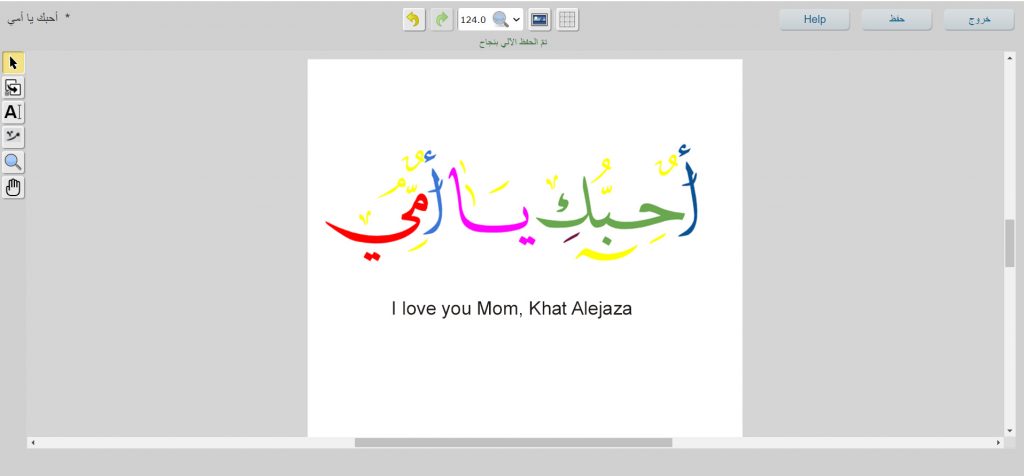
eMashq gives you a great possibility to draw Alejaza calligraphic style in an easy and varied way through the tool of horizontal elongation, such as the letter “Kaf” in the example below, which adds an aesthetic figure to the calligraphic panel.
As well as the tool of vertical elongation. For example, you can notice the difference between Alif “أحبك” and Alif “أمي” in the same work below.
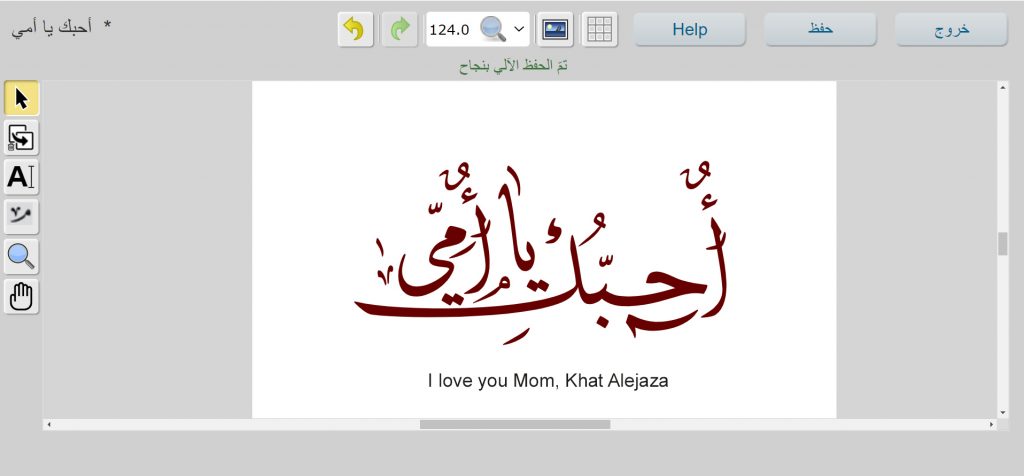
eMashq tools conform to the requirements of the Ejazah script, such as diacritics necessary to ornament the painting and to show the beauty and majesty of the words. It also allows you to move blocks and syllables so that there is an overlay embracing between the end of one word and the start of the next, In consequence, it helps you to build your own linear structure.
All that work, tools and options are online and no software download, making your work simple and wonderful.

Even if you’re not a fan of Arabic calligraphy or if you don’t have time to design a painting that suits your needs, share the text that pops into your head with us, and eMashq professionals will design it for you: Wall paint or banner, interior design poster, telephone wallpaper, logo for your business…
Be sure that the result will amaze you!
For more details, refer to Buy a calligraphy.
Take a look at some examples of application areas of eMashq calligraphy styles
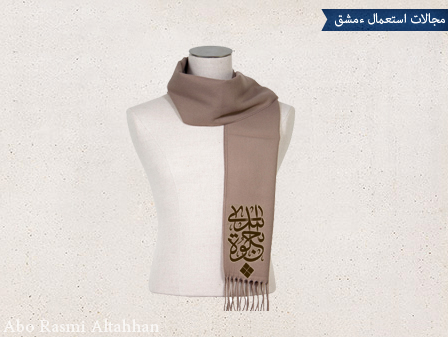
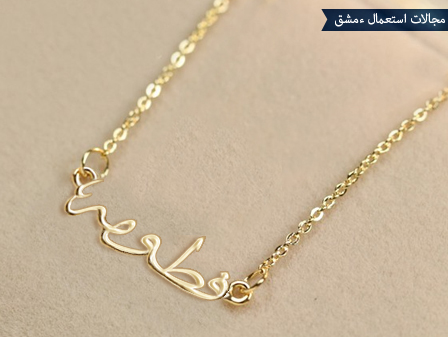
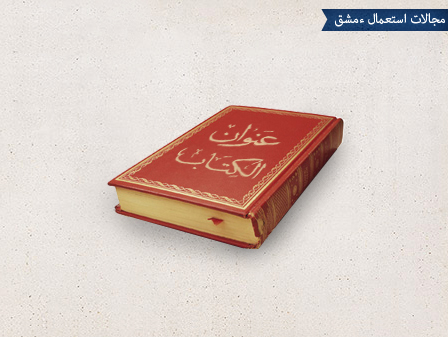
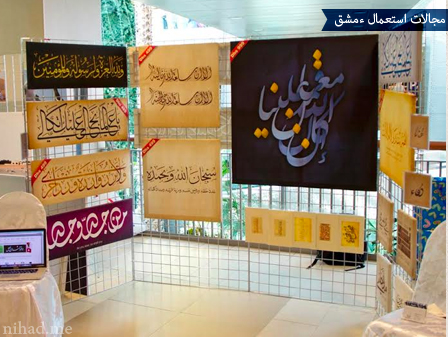
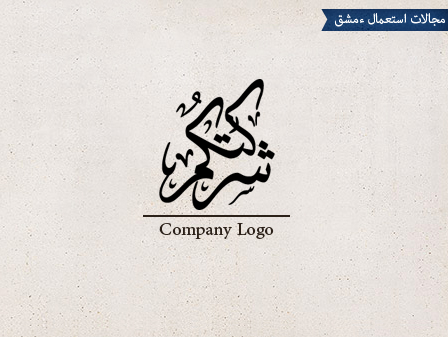
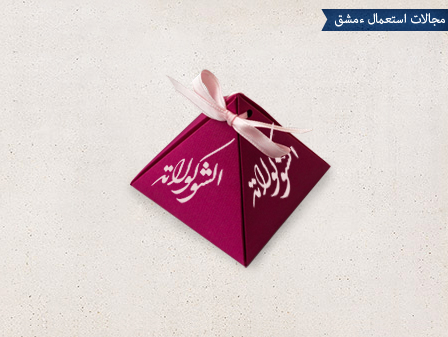
To discover the rest of the Arabic calligraphic styles that eMashq presents and to reach proficiency in using this program, follow us on:
And start your experience by starting your free account on eMashq.com
